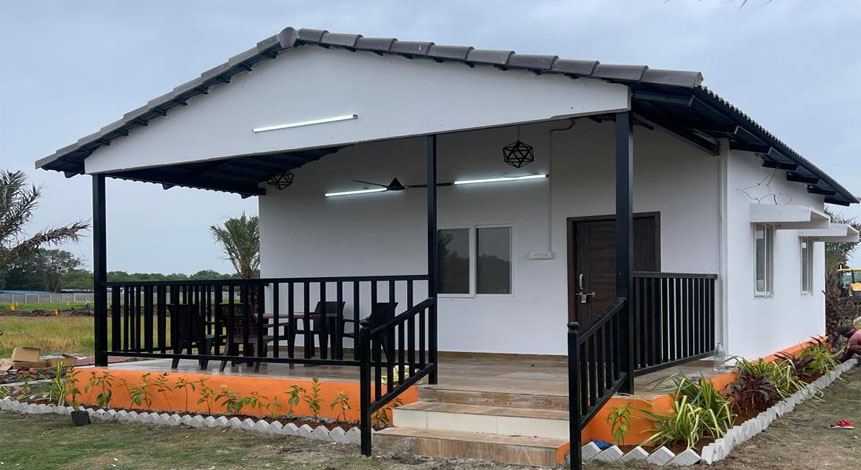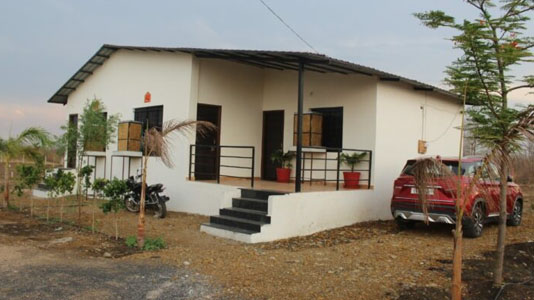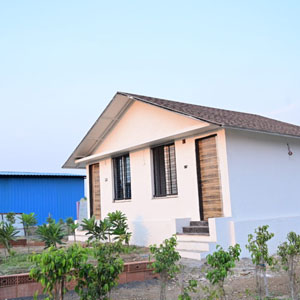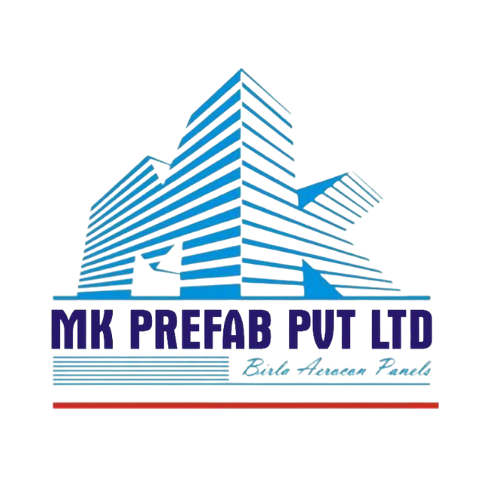
Prefabricated House
A prefabricated house, often referred to as a prefab house, is a modern, efficient, and sustainable housing solution built using pre-manufactured components. These houses are assembled in a factory-controlled environment, allowing for precision, speed, and quality control before being transported to the construction site for final assembly. Prefab houses are designed to meet various needs, from single-family homes to vacation cabins, eco-friendly retreats, and urban dwellings, catering to both permanent and temporary housing requirements. There are several types of prefab homes, including modular, panelized, and tiny homes. Modular homes are built in large sections or "modules" and are joined together at the site, while panelized homes use walls and roof panels that are assembled on-site. Prefab houses are highly customizable, offering flexible floor plans, diverse architectural styles, and options for energy-efficient materials and systems. One of the main advantages of prefabricated homes is their reduced construction time, often completing a project in weeks instead of months. This results in significant cost savings and less material waste compared to traditional construction. Additionally, prefab houses are built to withstand various environmental conditions and can incorporate sustainable features, such as solar panels, energy-efficient insulation, and recycled materials, making them an eco-friendly option.
Overview
Prefab houses are popular for their durability, adaptability, and modern aesthetics, meeting the demands of fast-paced lifestyles and environmental concerns. They’re ideal for remote or hard-to-access locations, as most of the construction is completed off-site, minimizing disruption to the environment. Prefabricated homes provide a cost-effective, quality-driven housing solution that combines comfort, sustainability, and convenience, offering a practical alternative to conventional homes in today’s rapidly urbanizing world.


